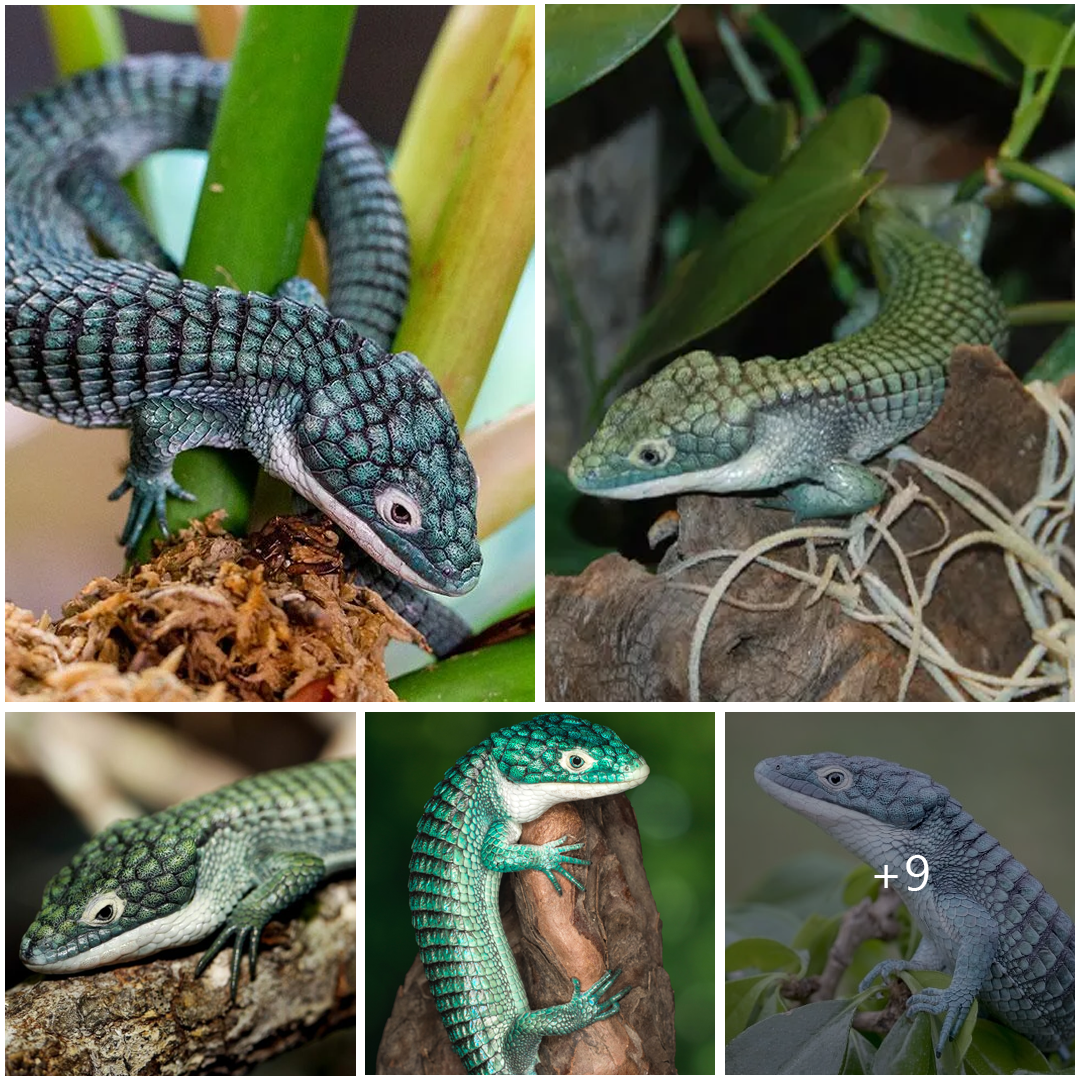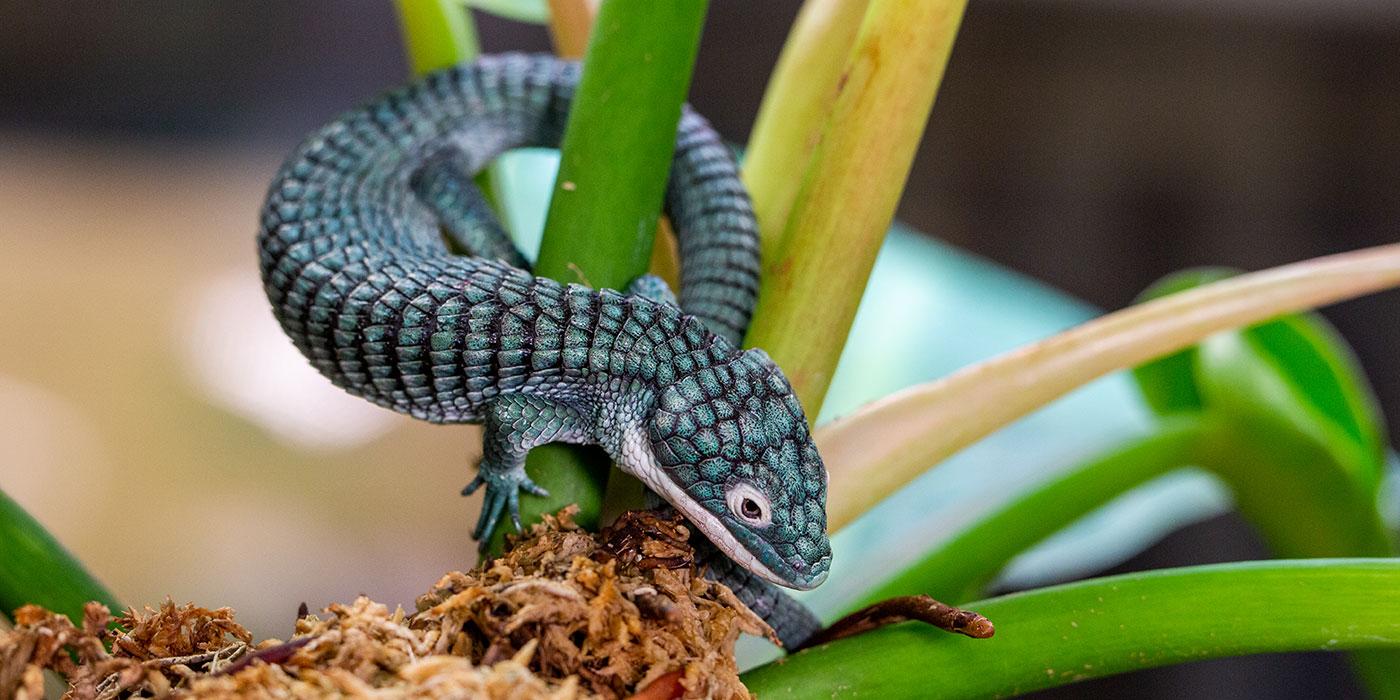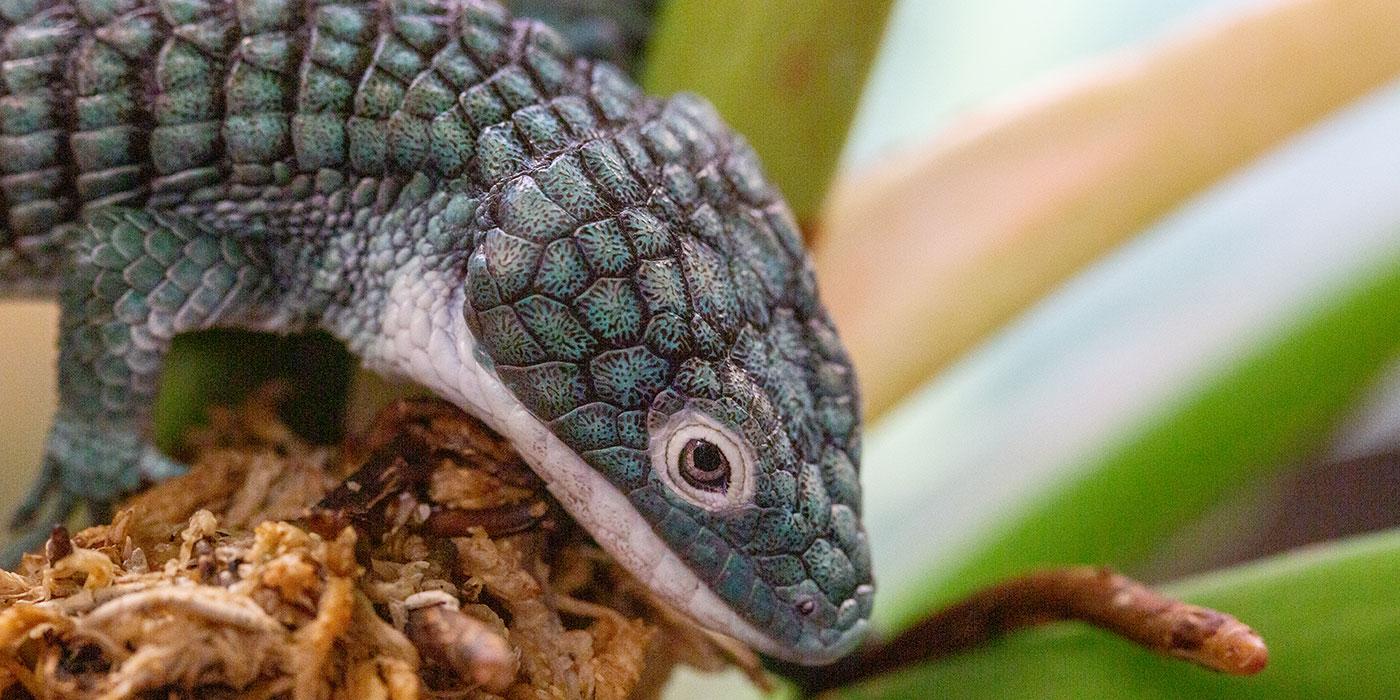
Unveiling the Alligator Lizard: A Fascinating Reptile of the Americas
The Alligator Lizard, scientifically known as the genus Abronia, encompasses a diverse group of reptiles found primarily in the Americas. With their unique features and intriguing behaviors, these lizards have long captured the curiosity of reptile enthusiasts and researchers alike. In this article, we delve into the characteristics, habitat, behavior, and conservation status of the Alligator Lizard.
Appearance: Alligator Lizards are named for their resemblance to alligators, particularly in their scaled skin and elongated bodies. They typically have rough, keeled scales that provide protection and aid in camouflage. Depending on the species, their coloration can vary from earthy browns and greens to vibrant hues of orange and yellow. Some species also exhibit distinctive patterns, such as stripes or blotches, further enhancing their camouflage in their natural habitat.

Habitat: Alligator Lizards are predominantly found in forested and woodland habitats, ranging from tropical rainforests to temperate forests and montane regions. They are often associated with areas of dense vegetation, leaf litter, and rocky outcrops, where they can find shelter and forage for food. Some species are arboreal, while others are terrestrial, adapting to various microhabitats within their range.
Behavior: Alligator Lizards are primarily diurnal, meaning they are active during the day, though some species may also exhibit nocturnal tendencies. They are opportunistic feeders, preying on a variety of invertebrates, small vertebrates, and plant matter. Like many reptiles, Alligator Lizards rely on basking to regulate their body temperature, often sunning themselves on rocks or branches to warm up before foraging.
Reproduction: Reproductive strategies vary among Alligator Lizard species, but most engage in ovoviviparity, where embryos develop inside eggs within the mother’s body until they hatch. Females typically give birth to live young, which are fully formed and capable of independent movement shortly after birth. Some species may exhibit communal nesting behavior, with multiple females laying eggs in the same nesting site.
Conservation Status: While many species of Alligator Lizards are relatively common and widespread, some face threats from habitat loss, fragmentation, and human disturbance. Deforestation, urbanization, and agricultural expansion pose significant challenges to their survival, particularly for species with limited ranges or specialized habitat requirements. Conservation efforts focused on habitat protection, sustainable land management, and community education are essential for ensuring the long-term viability of Alligator Lizard populations.

In conclusion, the Alligator Lizard exemplifies the diversity and adaptability of reptiles in the Americas. With their distinctive appearance and fascinating behaviors, these lizards play an important role in their ecosystems as predators and prey. By understanding and conserving their natural habitats, we can ensure that future generations will continue to marvel at the beauty and resilience of the Alligator Lizard.





